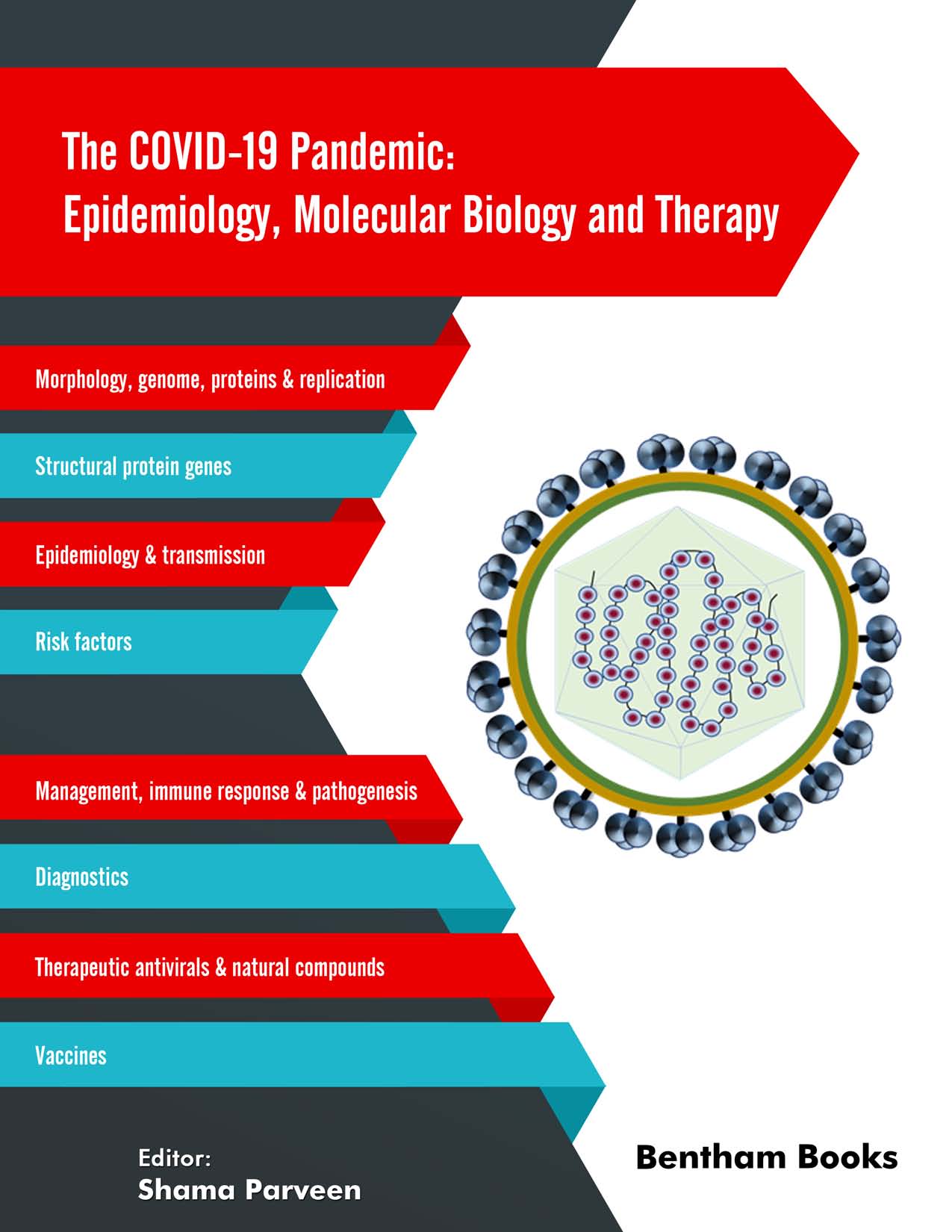COVID-19 pandemic has affected almost every part of the globe with millions of infections and more than a million deaths. According to WHO, the infection has spread to almost all the countries and territories with USA, India, Brazil and Russia being the most affected ones. The infection is caused by a novel severe acute respiratory syndrome coronavirus 2 (SARS-CoV- 2) that causes Coronavirus Disease 2019 (COVID-19). This pandemic originated as an outbreak in Wuhan, Hubei province in China at the end of 2019. Small animals like pangolin or bat are speculated to be the initial source of human infection in China leading to a local outbreak in Wuhan. Later, the infection spread its tentacles across the world through travellers and it was declared a pandemic by WHO on 11th March 2020. The longer incubation period, aerosol-mediated as well as air-borne spread and pre-symptomatic spread resulted in high transmission rates thereby infecting the humans at an unprecedented scale. The pandemic was fuelled further by the undiagnosed asymptomatic cases. Therefore, WHO recommended “isolation” of the infected patients and quarantining of the individuals who encountered the patients. Most of the countries implemented “lockdown” to take care of the ever-increasing cases and recommended “social distancing” to minimize human interactions. The pandemic has devastated all walks of life but the only saving grace is healing of the nature and nurturing of the environment. Thus, we have less polluted environment, more pristine forest and cleaner water bodies. The pandemic has impacted the social life and global economy as well.
SARS-CoV-2 is a Betacoronavirus like the two other human viruses which includes SARS and MERS of the same group. SARS-CoV-2 is spherical in shape having crown like surface structure formed by the spike (S) protein. Its genome is negative sense single stranded RNA of 30Kb that codes for 4 structural and 16 non-structural proteins. The S, M (membrane), E (envelope) and N (nucleocapsid) forms the structure of the virion. The non-structural proteins play a pivotal role in viral replication within the host cell cytoplasm following the entry of the virus.
The COVID-19 shows diverse clinical manifestations and results in asymptomatic, mild, severe and critical illness. The intense host immune response due to infection of the lower respiratory tract leads to generation of “cytokine storm”. Further, complications like respiratory and multi-organ failure and septic shock in many cases cause death. Certain individuals (elderly, males, and type A blood group) and people with co-morbidities (diabetes, hypertension, existing respiratory disease, etc) are vulnerable to the severe infection. The most reliable diagnosis is based on the real time PCR assays and antigen detection during first few days of infection. At a later stage, the infection is detected by rapid tests or ELISA that are based on the detection of IgM/IgG serology. The treatment of the patients is symptomatic in the absence of antiviral drugs and prophylactic vaccine. Antipyretics, antivirals and supplements are used for the treatment of the COVID-19 patients. However, clinical trials of several antivirals and other drugs are going on at war footing to contain this infection. Interestingly, several vaccine candidates are also under clinical trials across the globe.
The present book “The COVID-19 Pandemic: Epidemiology, Molecular Biology and Therapy” deals with all the significant aspects of the ongoing COVID-19 pandemic including the pathogen (morphology, genome, proteins, structural protein genes, replication), global epidemiology, transmission, risk factors, clinical manifestation, management, host immune response, pathogenesis, diagnosis, therapeutic agents (antiviral and other drugs, natural compounds) and vaccines.
We hope that this book will provide basic but relevant information about the different aspects of COVID-19 to scientists, academicians and common citizens alike. Eventually, if this book inspires any one in any manner to become more civic and responsible citizen of the globe, we will achieve our goal.
Shama Parveen
Centre for Interdisciplinary Research in Basic Sciences
Jamia Millia Islamia
New Delhi
India

